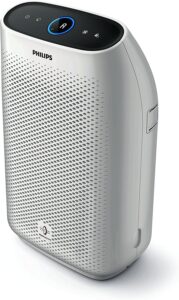The quality of the air you breathe can contribute to health problems like asthma and allergies. And it’s not just outdoor air quality that exposes us to pollutants. The World Health Organization (WHO) says 9 out of 10 people worldwide regularly breathe polluted air. And as many as 93% of children under 18 are living in environments with pollution concentrations that exceed WHO safe air quality guidelines.
You can't always control outdoor air quality, but you can ensure better health for your family by improving indoor air quality. That starts by identifying levels of indoor contaminants and finding ways to restore good air.

